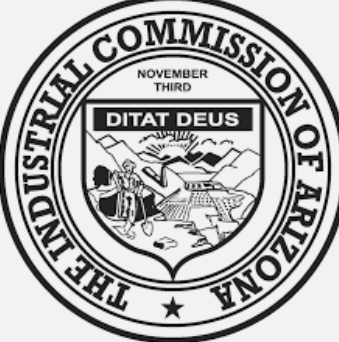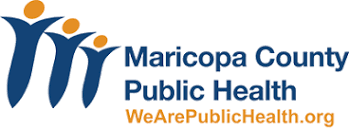THURSDAYS SEPTEMBER 29 – OCTOBER 27, 2022
12 – 1:30 P.M AZ TIME
Video recordings will be available for asynchronous view following each session.
Register Here
Health professionals are the most trusted voices in society and our collective voices are needed to prepare communities to effectively respond to the climate crisis.
Through this 5-week bootcamp, you will grow your network by joining colleagues around the country to learn strategies to effectively channel your voice and action as a health professional to address the “greatest health threat” of the 21st Century.





